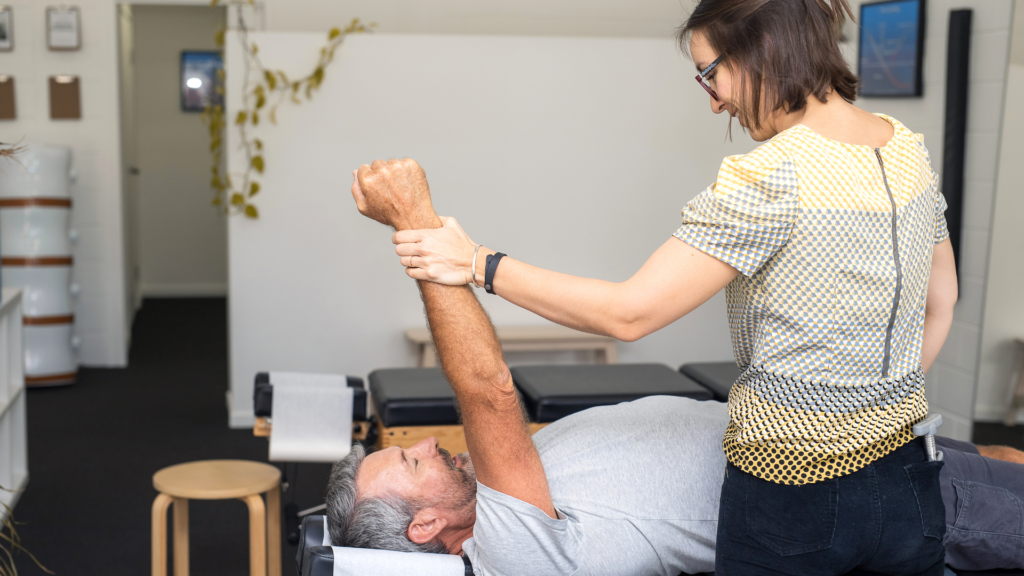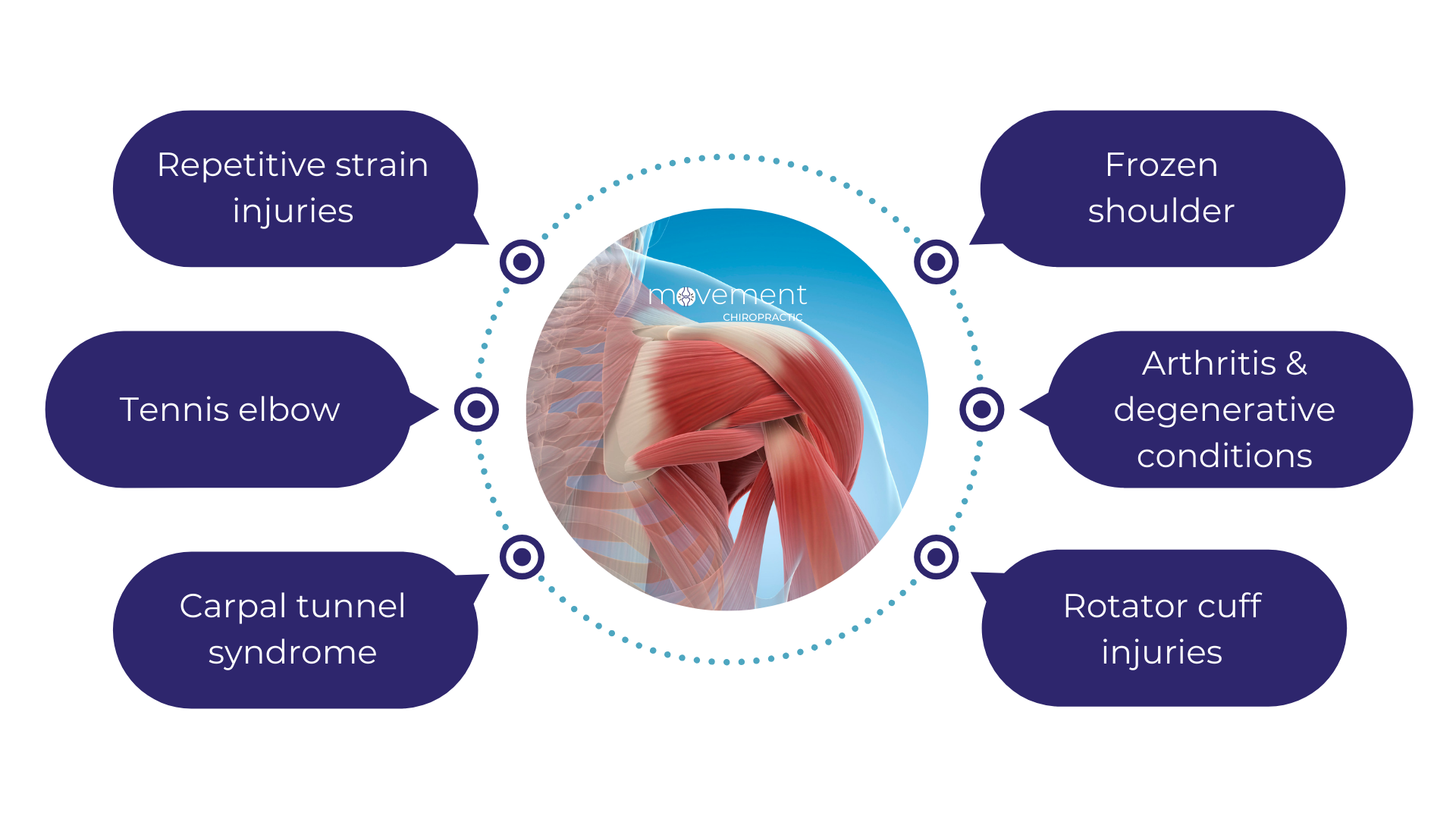Shoulder,Elbow & Wrist Pain Relief in Cheras KL
Gentle chiropractic care to release what’s stuck , and restore how you move.
She said her wrist felt tired after typing. Then her hand started to tingle at night.
He thought it was just “stiff shoulders.” Then he realized he was avoiding lifting his bag.
In KL or Cheras, most people don’t hurt themselves in one big event.
They overuse, overadapt, and ignore the signals—until daily life feels heavy.


What It Feels Like
- A dull, dragging ache in the shoulder that spreads to your neck or upper back
- Elbows that feel sore or weak, especially after typing or pushing
- Tingling or numbness in your wrist or fingers (especially thumb/index)
- Discomfort while carrying groceries or lifting a child
- Cracking or stiffness when raising your arm above shoulder height
Your arms speak, too.
They carry effort, tension, and the weight of habits you barely notice.
Common Patterns We See
Most pain doesn’t start with one injury.
It builds slowly—from habits, posture, or stress—until your body says: enough.
- Long hours at desks or holding phones
- Repetitive movements like typing, swiping, dragging luggage
- Poor posture that shifts tension from the neck into the shoulders
- Weakened shoulder or wrist support. Stress held in the jaw or upper back.

Our Approach
We don’t just treat where it hurts.
We look at how your joints and nerves have learned to adapt—and guide them back into rhythm.
At Movement Chiropractic, we support your upper body through:
- Gentle chiropractic methods —combined with supportive therapies to help your body release tension naturally
- Nerve and muscle tension release
- Retraining posture and how your upper limbs move in daily life.
It’s not about “pushing through.”
It’s about reconnecting.

Common Causes of Shoulder, Elbow & Wrist Pain

FAQs
Not always. Sometimes it starts from the neck, posture, or even how we breathe. We trace the whole chain—not just where it hurts.
Yes. Tingling is often a sign of nerve compression. We gently assess where that compression starts—and help relieve it safely.
Everyone’s body heals differently. We focus on lasting change, not quick fixes—by helping your spine and joints move in sync again.
